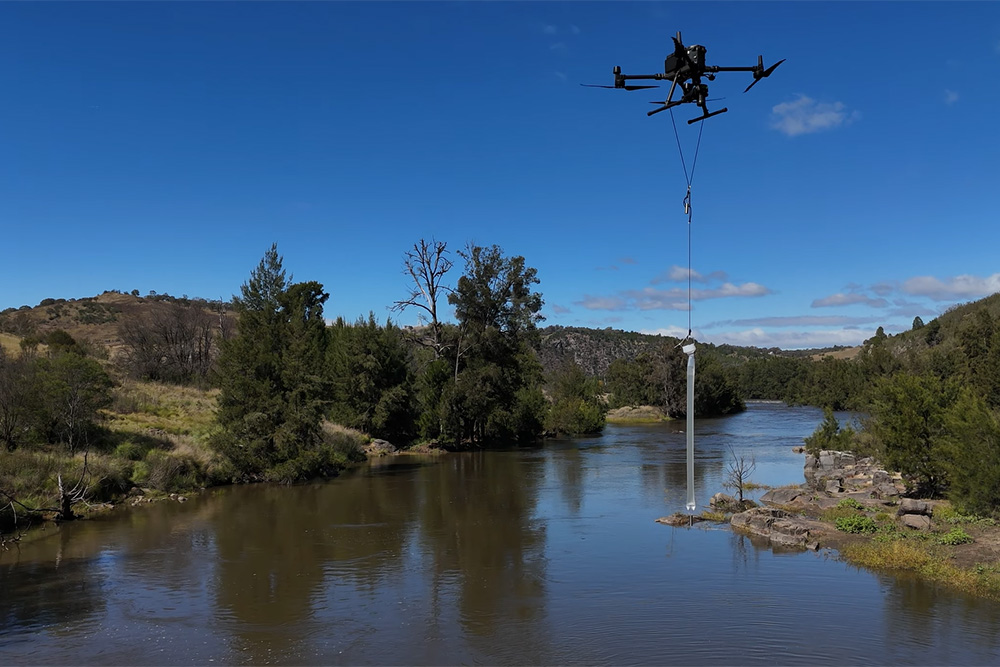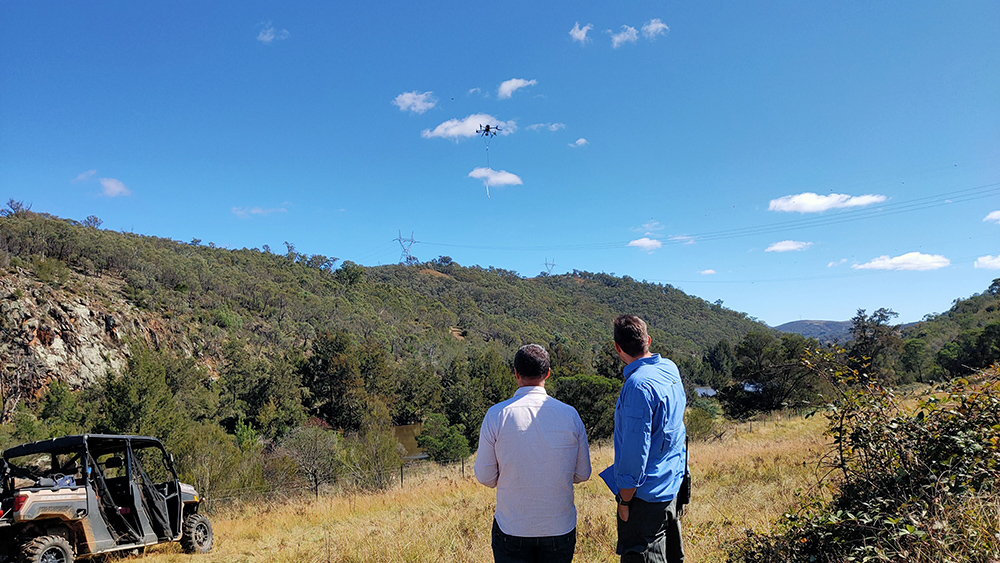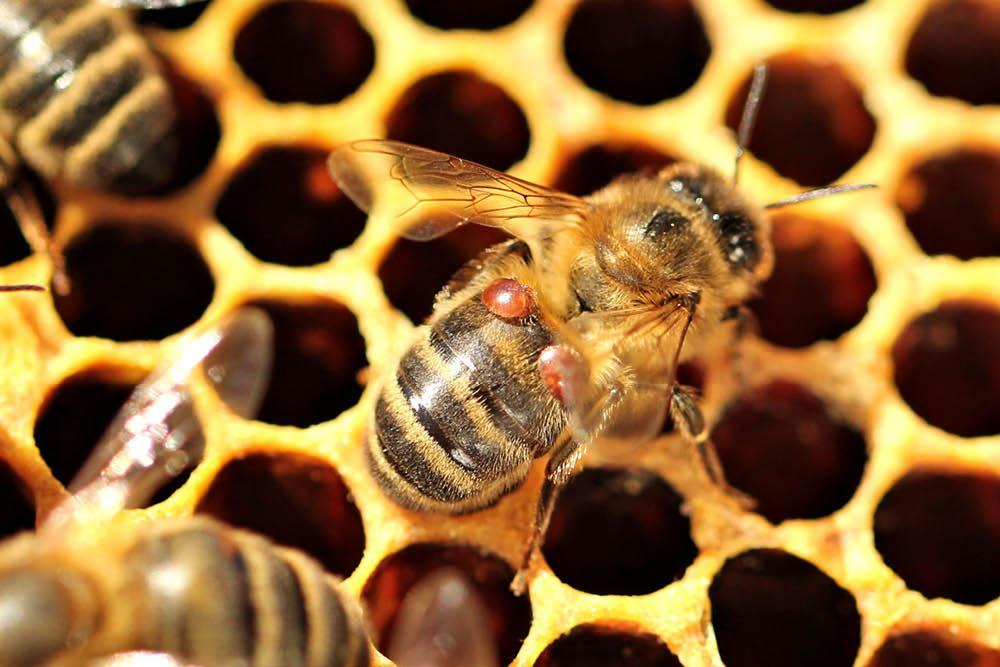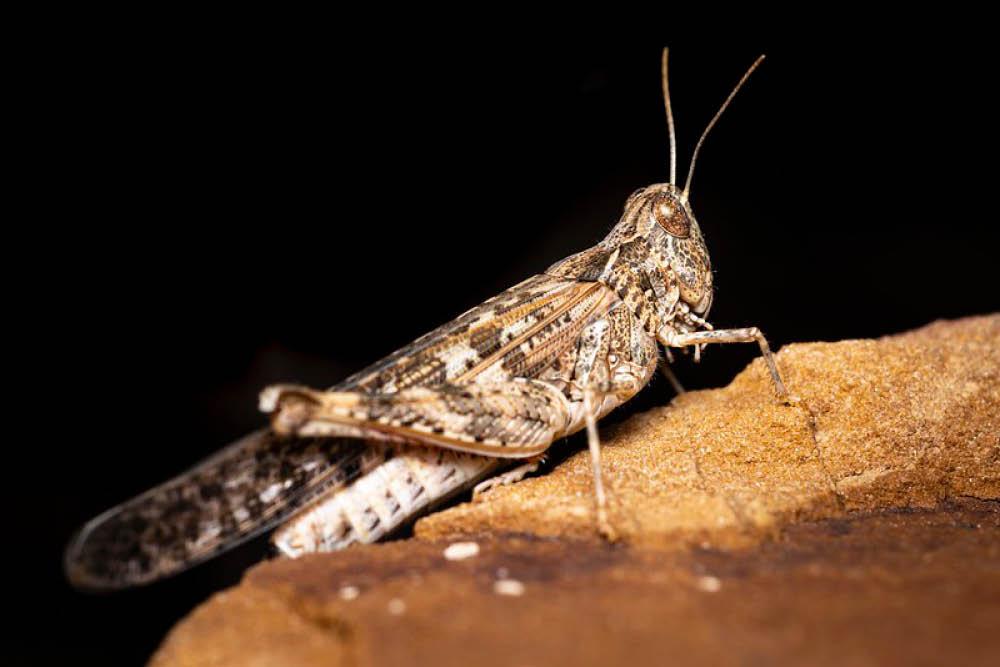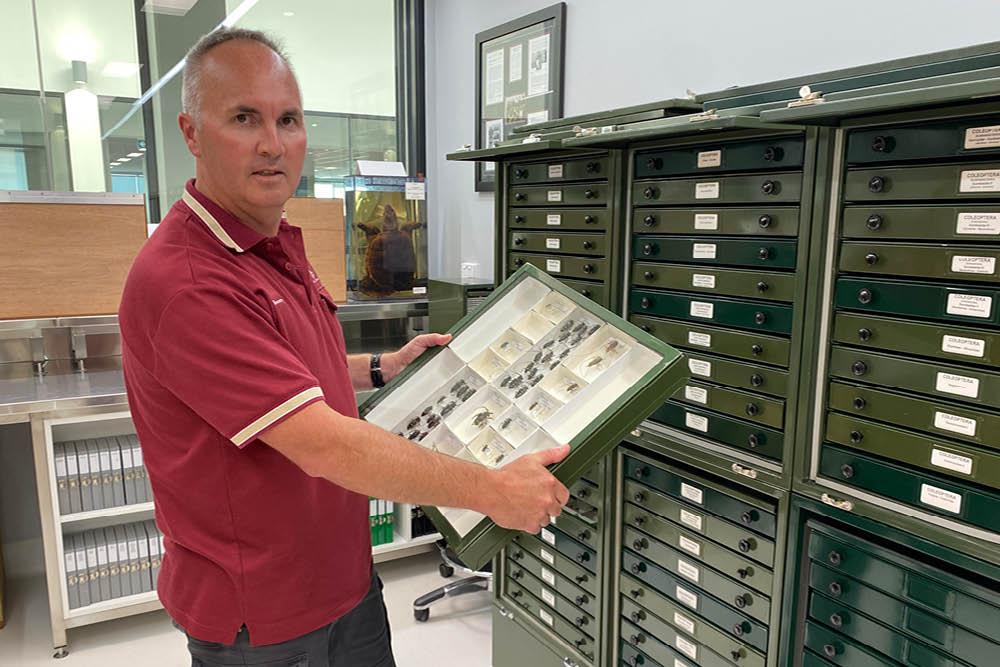The Department of Agriculture, Fisheries and Forestry’s Innovation Pilots team has successfully used drones to collect environmental DNA (eDNA) samples from a waterway in Canberra.
Last month, the department, along with project partners, analysed the sample collected to confirm the presence of feral deer in the Ginninderry area.
Director of Research and Innovation Jessica May said the project paves the way for a faster, safer, more cost-effective, and targeted method of DNA sampling.
“It took the team just 15 minutes to sample the water needed using the drone. Previously, sampling by foot took over one hour due to tough surrounding terrain,” Ms May said.
“This time-saving method will help us focus our resources and save on operational expenses when taking samples across a large geographic area.
“Compared to water’s edge sampling, extracting from the middle of a water body delivers a better opportunity for a less contaminated sample.
When using the technology, drone operators remain safe in an open clearing throughout the sample collection. Samplers do not need to trudge through slippery bogs or venture down into steep ravines, reducing the risk they sustain physical injury or encounter dangerous wildlife during sampling.
“Now we have seen its potential, drone sampling may be used to detect the presence of native and invasive species that shed DNA into the environment, like avian influenza in water birds,” Ms May said.
Innovation Pilot projects enable government and industry to together implement new technological solutions in the field.
The projects aim to deliver outcomes for the National Biosecurity Strategy to build a future-focused department and biosecurity system that can prevent, predict, identify, and respond to biosecurity threats more effectively and efficiently.
Project partners
- Ginninderry Conservation Trust
- National eDNA Reference Centre
- University of Canberra
- The Department of Climate Change, Energy, the Environment and Water.
Video - Aerial Drone Sampling: The Innovations Pilot Team
eDNA tests using the drone-HydraSleeve method successfully revealed the presence of feral deer in the Ginninderry area in the ACT.
During the field trial, it took the drone operator approximately 15 minutes to set up the equipment, collect a sample and pack up the equipment.
Traversing the same dense terrain by foot has previously taken eDNA Reference Centre staff upwards of 1 hour.
The drone-HydraSleeve method provides comparable data to traditional eDNA water sampling methods such as taking samples at the water’s edge.
Collecting samples from the centre of a water body have more varied environmental conditions such as flow, temperature and sedimentation.
This allows for a greater representation of what DNA could be present in the system.
The successful proof-of-concept shows that the drone-HydraSleeve water sampler is an accurate and safe method of collecting water samples from remote and difficult to reach areas.
With thanks to: The Ginninderry Conservation Trust, The National eDNA Reference Central and The Office of the Chief Remote Pilot (DCCEEW).
